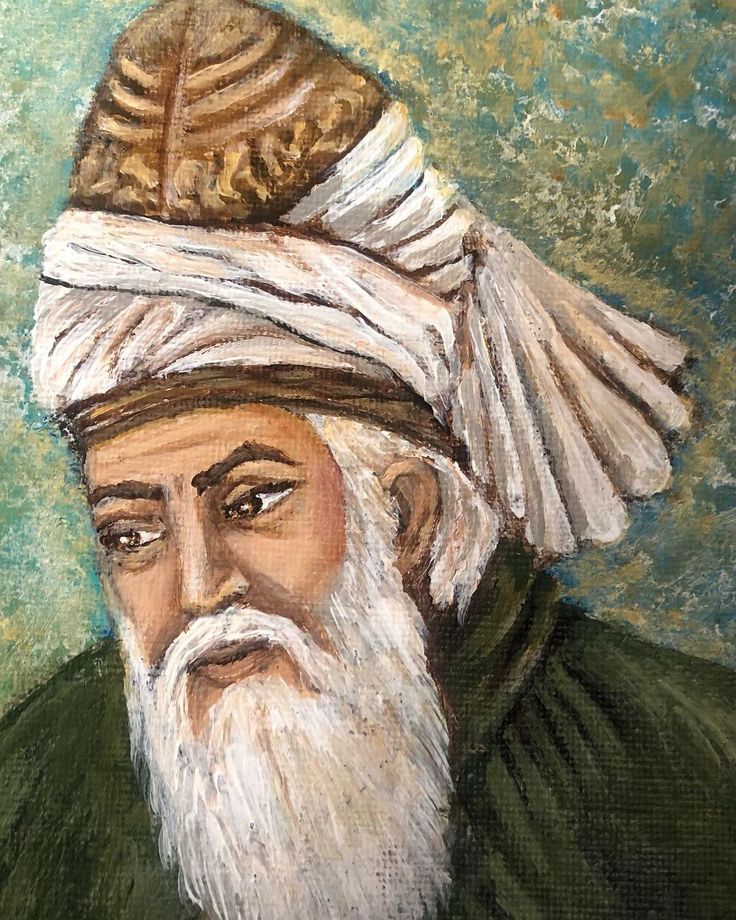Sikhs in Oceania : A Historical and Cultural Overview
🧭 Introduction
Sikh migration to Oceania—primarily Australia, New Zealand, and Fiji—dates back to the late 19th and early 20th centuries. Initially arriving as laborers, farmers, and soldiers, Sikhs have become an integral part of the region’s multicultural society. Their contributions span agriculture, public service, education, and community leadership, while maintaining their distinct religious and cultural identity.
Timeline of Sikh Migration to Oceania
Late 1800s–Early 1900s: Early Sikh settlers arrived in Fiji as part of the British colonial labor force and in Australia for agricultural work.
World Wars I & II: Sikh soldiers served in Allied forces, leaving a mark on local memory and military history.
Post-1960s: Relaxed immigration policies in Australia and New Zealand led to a new wave of Sikh professionals and students.
2000s–Present: Growing Sikh populations, particularly in cities like Melbourne, Sydney, and Auckland, with increased civic and cultural presence.
What is the difference between Sufism and Sikhism?"
Sufism and Sikhism are two distinct spiritual traditions that emphasize love, devotion, and inner connection with the Divine—but they differ in origin, theology, practices, and worldview.
Sufism Believe in one transcendent Allah, Sikhism Believe in one formless God (Ik Onkar)

🎨 Cultural Contributions of Sikhs in Oceania
Contributions:
Festivals like Vaisakhi are now celebrated publicly in major cities.
Sikh values of seva (selfless service) are visible through food banks, community kitchens, and disaster relief.
Political representation and social leadership have grown, with Sikhs serving in various local and national roles.
🎨 Cultural challenges to Sikhs in Oceania
Challenges:
Discrimination and misunderstanding of Sikh identity, especially post-9/11.
Balancing traditional values with modern multicultural lifestyles.
Limited awareness of Sikhism among the general public.
-
Sikhs in Fiji: A Journey of Resilience and Contribution in Modern Oceania Welcome to Global Sikhi Wiki! In this blog post, we explore the vibrant history and enduring legacy of
-
https://youtu.be/YJI2iMsmwWI?si=-am9-EJDiFanA_KoHard working and honest Sikhs are working and helping the economies of many foreign countries and spreading goodwill among all people. #SikhcommunityGlobal Sikhs in New Zealand: A Vibrant Community’s Journey
-
Sikhs in Australia The Sikh community in Australia, though relatively small compared to other religious groups, has woven a rich and vibrant thread into the nation’s multicultural fabric. With a














